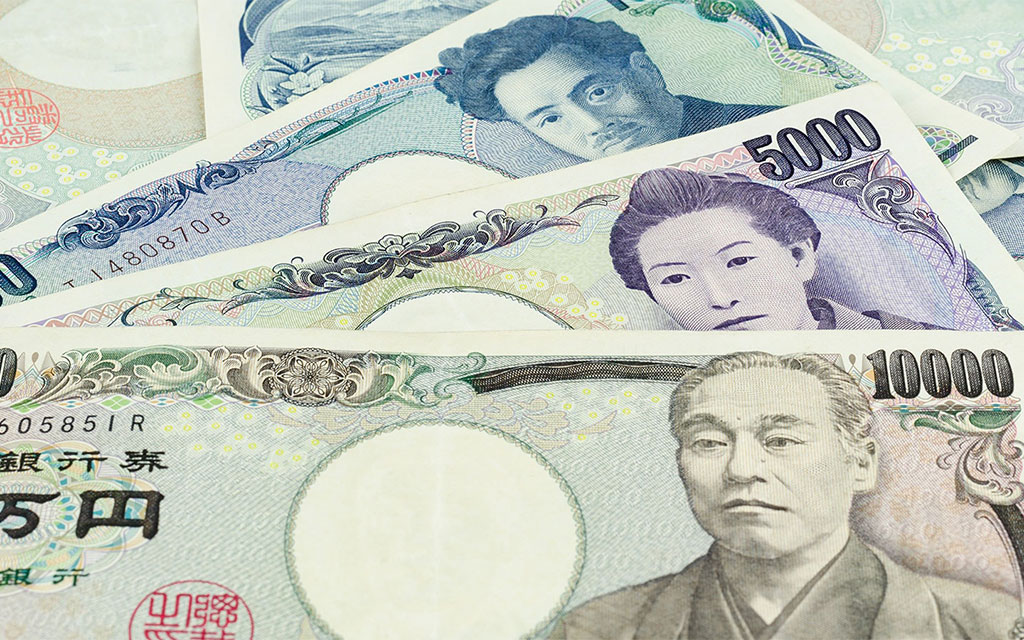Japan’s public debt rose by 13.88 trillion yen in the last three months compared to the amount it had to spend in order to help households hit by hyperinflation.
According to figures released by the Japanese government on August 9, the nation’s public debt had surpassed the 1.3 million yen threshold and reached a record high of over 1,311 million billion yen (9,000 billion USD) by the end of June. Firstly, demonstrating the really poor “financial health” of the nation.
Japan’s public debt rose by 13.88 trillion yen in the last three months compared to the amount it had to spend in order to help households hit by hyperinflation. As a result, Japan’s total public debt (600 trillion yen) is more than twice the size of its GDP.
As the massive monetary stimulus programs that have been implemented over the previous ten years to meet the 2% inflation target gradually taper off, the Bank of Japan (BOJ) has begun a cycle of increasing interest rates and aims to decrease interest rates by purchasing government bonds.
It is anticipated that borrowing costs would increase for individuals and companies, and that government debt servicing expenses will increase as well.
As part of a flurry of strong monetary easing measures in June, the BOJ assumed over half of the government’s outstanding debt.
The majority of the nation’s debt is made up of government bonds, which total more than 1,160 million billion yen (a 3.03 trillion rise from the end of March), according to the Japanese Ministry of Finance. General obligation bonds represented a 5.91 trillion yen rise in the overall amount of governmental debt, totaling over 1.059 million billion yen.
In order to combat the COVID-19 epidemic and the present cost of living issue, which is partially caused by rising energy costs, Japan has expanded fiscal expenditures. The Japanese government still has to finance almost one-third of its yearly spending through the sale of bonds, despite attempts to reduce spending.



